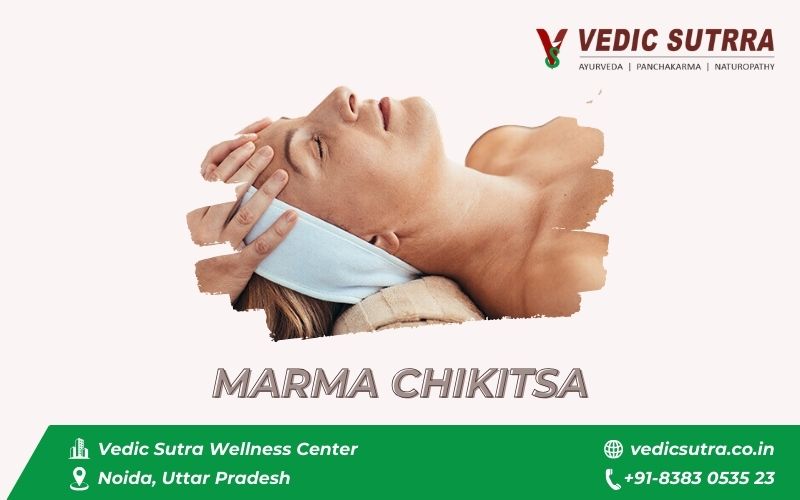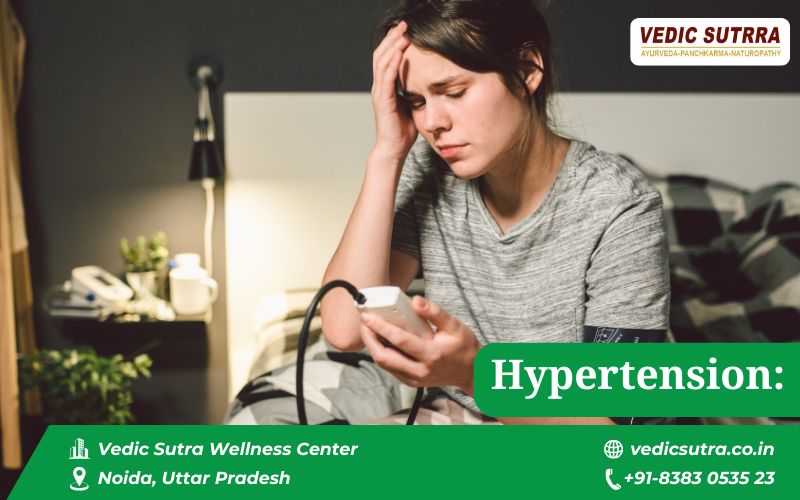

The report of the World Health Organization (WHO) confirms the prevalence of hypertension (high blood pressure) at 220 million in India. One out of every four adults in India are with hypertension condition, and only 12% of them have their condition under control.
Hypertension is the leading cause of cardiovascular diseases, with stroke being the most common outcome. If proper treatment of hypertension (high blood pressure) is not received, the condition may worsen, potentially leading to heart disease, kidney damage, and even life-threatening strokes.
The best time to act is when your systolic is 130-139 mmHg and diastolic is around 80-89 mmHg. This is the stage where one can seek medical treatment to control hypertension. We recommend a natural and comprehensive approach, ayurveda for hypertension treatment.
How will you know whether you have normal or hypertension (high blood pressure)?
The most common way to find out is by having your blood pressure checked.
This is a healthy blood pressure reading and indicates no signs of hypertension.
This reading does not indicate high blood pressure but yes, it is a warning sign that you could develop hypertension.
This blood pressure reading of 130/80 reading may indicate early hypertension.
This blood pressure reading of 140/90 is considered more serious.
This is a case of high blood pressure reading and an emergency medical condition. It is advised to consult the best doctor for effective treatment of hypertension.
If a person has high blood pressure, he or she may experience some symptoms, or may not have any noticeable symptoms at all. In the former case, some of the most common symptoms that one may experience may be severe headaches, chest pain, difficulty breathing, nausea, and other related signs.
Hypertension Symptoms:
There are several causes that can lead to hypertension condition. The most common factors causing hypertension (high blood pressure) are excessive alcohol consumption and high intake of salt, while others include diabetes, obesity, and smoking. If a person is non-alcoholic and a non-smoker but has a family history of high hypertension, then he or she is prone to developing high blood pressure.
In Ayurveda, hypertension treatment includes natural therapies to detoxify and rejuvenate the body. It plays a vital part in managing hypertension. This natural treatment of hypertension involves cleansing therapies that help balance the doshas (body energies) and improve circulation to reduce stress and blood pressure.
Panchakarma therapies, such as Abhyanga (oil massage), Shirodhara (oil pouring on the forehead), and Basti (medicated enema), are the most effective hypertension treatments in Ayurveda. These treatments help eliminate toxins, promote relaxation, and support cardiovascular health, contributing to better blood pressure management.
Medical Disclaimer:
This content is intended for educational purposes only. It should not be considered medical advice or used for diagnosing or treating any medical condition. Please consult a qualified doctor or a healthcare professional for personalized guidance.
Get Expert Consultation with
20+ Years Experienced Ayurvedic Physician
Dr. Anu Jaiswal, BAMS, Ayurveda
Call: +91 8383053523
OR Click here to schedule an appointment
Follow Our Social Platform for Regular Updates: Instagram | Facebook | Youtube |